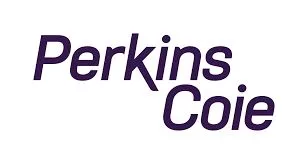- within Transport, Family and Matrimonial and Real Estate and Construction topic(s)
The Court of Appeal upheld the City's determination that compensatory mitigation for the loss of a historic building in the form of funding of other historic preservation was not feasible because there were no other buildings in the downtown areas with the same architectural style, period of significance, and purpose. Preservation Action Council of San Jose v. City of San Jose, 91 Cal. App. 5th 517 (2023), reh'g denied (May 10, 2023).
A project proposed by the City of San Jose included demolition of a bank, which was designated as a historic site. In response, San Jose proposed mitigation measures such as physical documentation and salvaging efforts in its supplemental environmental impact report (SEIR). Plaintiffs sued, claiming the City (1) failed to identify, analyze, and impose compensatory mitigation and (2) failed to adequately respond to the comments submitted to the draft SEIR.
First, the court held that the City's discussion of compensatory mitigation measures in the Final SEIR complied with CEQA, agreeing with the City that the mitigation proposed by plaintiffs — funding of other historic resources —was infeasible. General funding of historic preservation would not mitigate the loss of the bank building because there were no other buildings in the downtown area with the same architectural style, period of significance, or purpose. The court also upheld the City's conclusion that plaintiffs' mitigation measures lacked the "essential nexus" and "roughly proportional" constitutional requirements under Nollan.
The court reasoned that the loss of non-transferable historic preservation was not equivalent to the loss of ecological habitats and threatened species. When an agency destroys ecological habitat, the preservation of similar habitat would create substitute resources with some equivalence, thereby lessening the impact of the loss. In contrast, "historical places are rarely fungible items of equivalent historical significance and value," so general preservation of other historic resources would not lessen the specific loss of the bank.
In light of this, San Jose's brief consideration and rejection of compensatory mitigation measures in the Final SEIR was sufficient. The City was required to consider mitigation measures that were feasible and would substantially lessen the significant environmental effects of projects. Plaintiffs' proposed compensatory measures failed to substantially lessen the significant impact of the bank's loss, so the City complied with CEQA when it briefly considered and rejected the measures. In addition, the court held that San Jose did not fail to adequately respond to public comments concerning compensatory mitigation. In responding to comments, an agency complies with CEQA when it responds with "good faith, reasoned analysis." The court found that the Final SEIR's discussion of the mitigation measures combined with the draft SEIR was a sufficient response to the comments.
The content of this article is intended to provide a general guide to the subject matter. Specialist advice should be sought about your specific circumstances.



